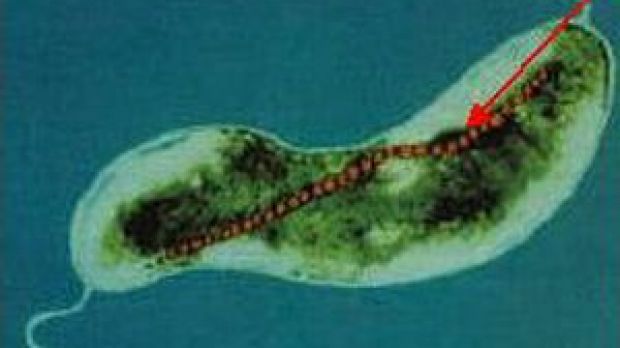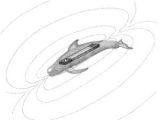The Earth is surrounded by a magnetosphere, to the action of which, all the living things on Earth adapted.
Earth's magnetism is very weak, between 0.3 gauss at the Equator to 0.7 gauss at the Poles.
Researchers discovered magnetic bacteria living in the ponds and lakes, presenting inside their cells a chain of magnetic crystals, and those located in the Northern Hemisphere swim in the direction of the magnetic north, while those from the Southern Hemisphere swim in the direction of the magnetic south.(These bacteria live in environments with poor oxygen supply).
Plant seeds do not germinate in Cosmos. They must "detect" the terrestrial magnetic field so their cells can be turned on. When seeds are put in a more powerful magnetic field than that of the Earth, a 15 % increase of the production was found.
If bees are subjected to a magnetic field ten times more powerful than the terrestrial one, they are completely disoriented, and the combs get unusual forms and orientations. Scientists discovered that these insects possess tinny magnetite crystals, of 300 angstroms (one angstrom means a tenth billionth part of a millimeter).
Doves also possess micromagnets at the base of their brain and if a small magnet is attached to their bodies, impeding them to detect the terrestrial magnetism, they get disoriented and cannot find the way back on long distances.
In fact, migratory birds are suspected to use magnetism, rather than sight, to make their long journeys. Bats and dolphins - even if they employ ultrasounds to find food, echolocation having been proved as not effective over large distances - were found to use Earth's electromagnetism in their long migrations.
Impairments in the Earth's magnetic field could explain massive cetacean strands in specific areas.
Earth's magnetism is employed also by sea turtles to find their way while migrating from feeding sites to the nesting beaches, over thousands of kilometers. Sharks and rays have in their snout a sensory organ perceiving electromagnetism.
They locate this way wounded fish and crustaceans that emit a weak electric field, even of just 0.01 microvolts. Faraday law says that any conductor moving through a magnetic field generates an electric potential. Sharks moving through the terrestrial magnetic field generate an electric field whose value depends on their position on the magnetic field captured by the electroreceptors. In an aquarium, sharks always swim around the walls. If the magnetic field is canceled or impaired, they start swimming randomly.
Lab mice that have formed the conditional reflex of pressing a flap any time they wanted to eat in order to get food lost their reflex after being kept for 10 days in a room were the terrestrial magnetism was impaired. It was like their memory had been erased.
Perturbations in the magnetic field provoked by space factors (like Sun eruptions) can impair the organisms' activity. Magnetic storms deteriorate radio communications but, at the same time, influence brain size and that of the physiological liquids from the organism.

 14 DAY TRIAL //
14 DAY TRIAL // 
